Pictures and stories are a natural way to understand the world. They create emotion and action. In order for social impact measurement to lead towards more effective leadership and development decisions, it is natural to consider whether it would be worthwhile to visualize impact data and impact reports, and to tell impact through a story.
The power of story
A lot of work is being done on social impact nowadays. An increasing number of companies and communities are interested in managing their sustainability. The trend is also consistent in the lives of individuals: the proportion of people who feel that responsibility is important has increased by 20% in four years, to nearly 90% of Finns today. Today, communications agencies are sustainability offices, and every major corporation has a social mission.
The story economy is booming. When the message of responsibility is no longer a distinguishing factor, the question of whose story is true becomes central.
We humans have begun to explain the world through stories long before scientific thought. Even today, our brains want to connect the individual facts of life to each other, complementing them – often unnoticed – with logical, life-telling stories in our minds. In addition, most people more readily absorb information compressed into visual images than plain text. So, pictures and stories are a natural way for us to perceive the world. They arouse emotion and action.
To make sure that stories do not hide the reality, but tell openly and honestly the impact of the companies operations, let’s start with the data.
Data creates a story
Telling your stakeholders about your impact is at its best data-storytelling. The impact story contains systematically collected data on different parts of the impact chain so that the parts are tightly linked to each other. Each part needs a sufficient amount of credible data from different sources to support it, and one part cannot be thinner than the other. So the chain is as strong as its weakest link.
The impact story starts with defining the problem, challenge or need. The main character of the story is the social and customer need that the operations of companies respond to. Awareness of this need runs through the story, as impact is always evaluated in relation to the need. The proglem – and the answer to it – also crystallizes the whole story arc.
So the question is: what kind of social and customer needs do we respond to? How can we better understand the needs of society and our customers? What type of data do we need?
The story continues towards something we wish for in the future. What is our vision of the society and our customer’s life, once our impact work is done? What kind of goals do we set for the changes that lead to that vision?
The events in the story are the actions that address the identified need. The key is to ask: how will we achieve our goal? What are the key indicators? What information do we need to answer this question?
The end result is also tested through the story – and it is always in relation to the need and vision. Where have we succeeded? What kind of data do we use to verify that our actions are delivering results and impact? What happens after the story: where are we going next?
Data comes to life as the data is summarized and visualized. And told as a story.
Data drama
Today the reality in many organizations could be called data drama. Surprisingly often the social need has not been adequately addressed. The target groups have not been carefully considered and the potential size of the target group has not been outlined.
While impact data is being collected, it is not understood what the potential effects mean in the big picture. Impact as is not modeled. Evaluations are made here and there, and data collected on results, outcome and impact is easily left without analysis, summarizing as information and clear messages – let alone understanding. Impact work is often unstructured and the data does not form a clear story of it.
Understanding, strong emotion – and, often, response from stakeholders will not happen.
The world deserves impact stories that are true
The central role of social impact assessment and measurement is to make the organization able to develop it’s impact activities. According to a Finnish survey, only 13% of company management and only a couple of employees know and understand the organization’s strategy. Strategies are plagued with ambiguity. If the strategy is not understood, it cannot be implemented.
How can we turn impact data and impact reports into something more usable in management and communications? So that better decisions are made possible?
Visualizing impact data and telling an impact story can help. Impact communication based on an data-driven impact story makes the strategy and success of an organization understandable to staff, customers, partners and other stakeholders. It not only helps to understand the purpose of the operations and the factors that influence it, but also challenge and develop them to be even more impactful. It also helps us ask better questions in the future.
Instead of data, of course, it is also possible to use the “mutu” (Finnish slang word for “something we don’t know but we assume we know), and many organizations still do.
The world deserves impact stories that are true.
Writers:
Aino Elina Muhonen, Impact Producer, AIknow Agency Ltd
Katja Anoschkin, Project Lead, Hyvän Mitta Project
The Original article, with links, published in Finnish in June 2019, here
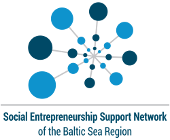
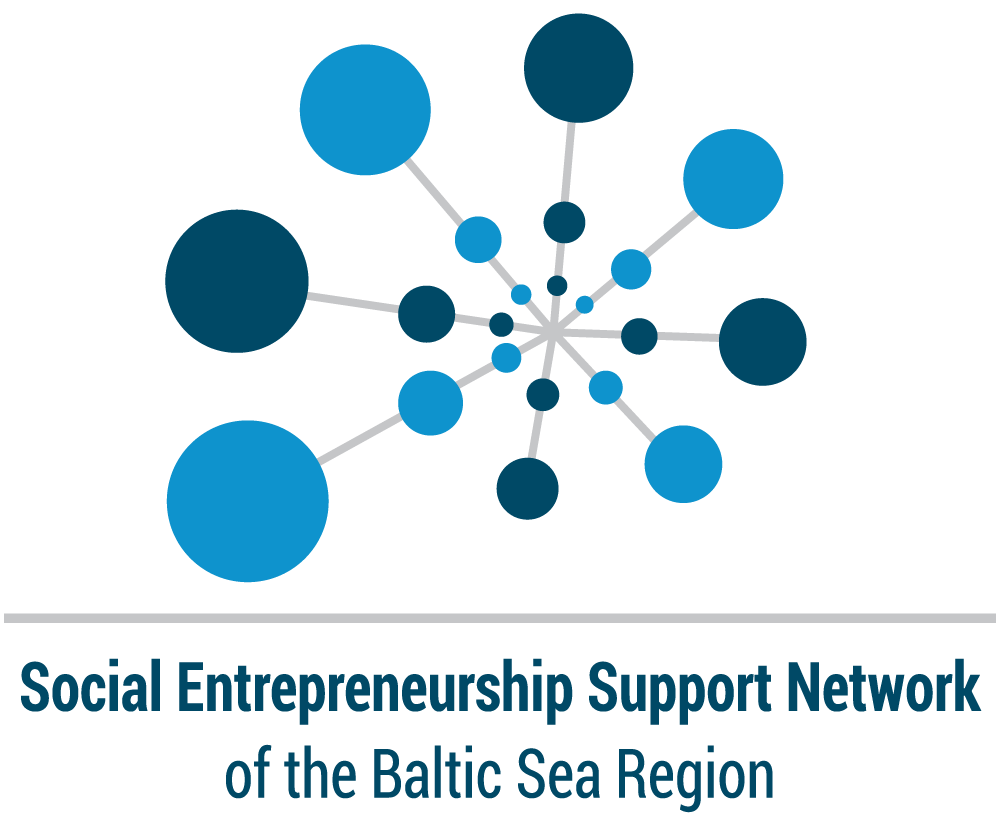

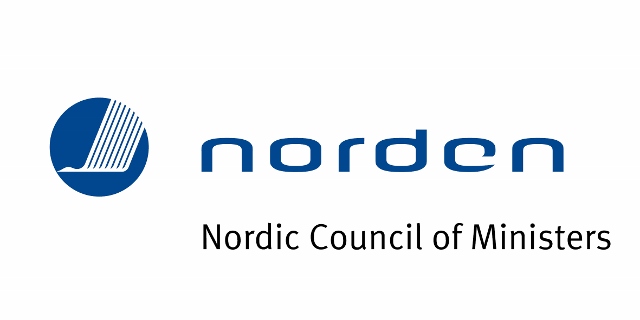




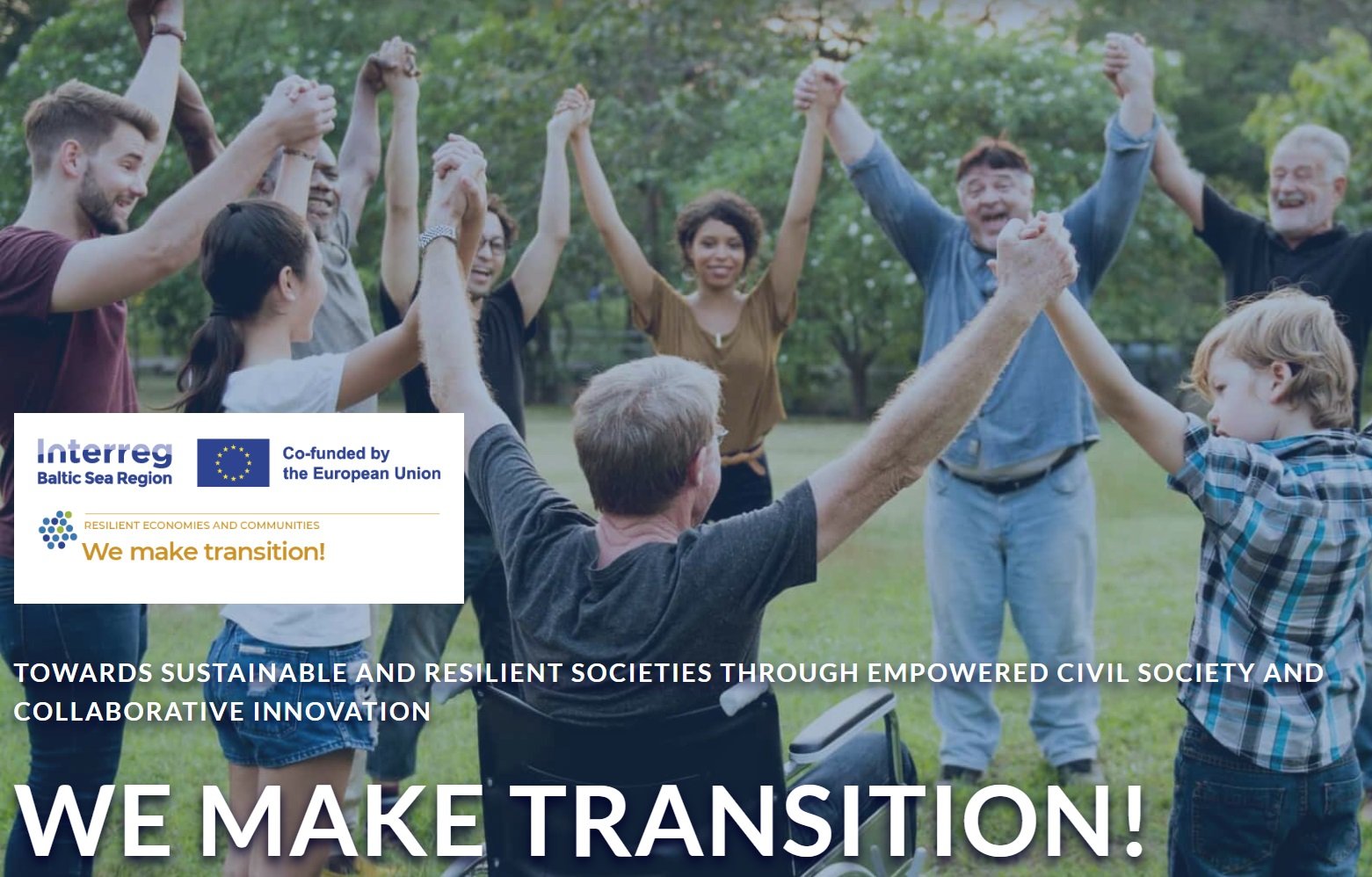
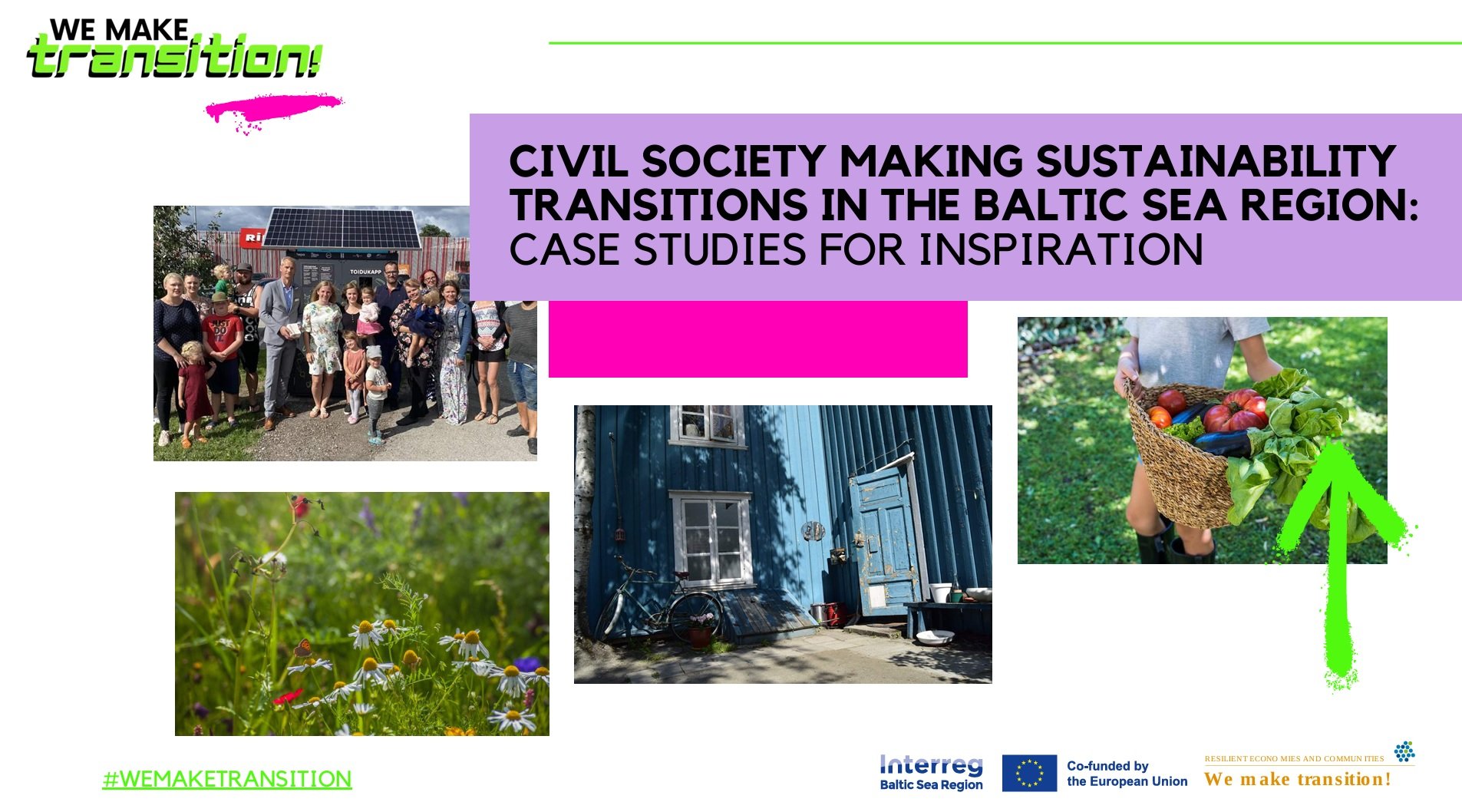
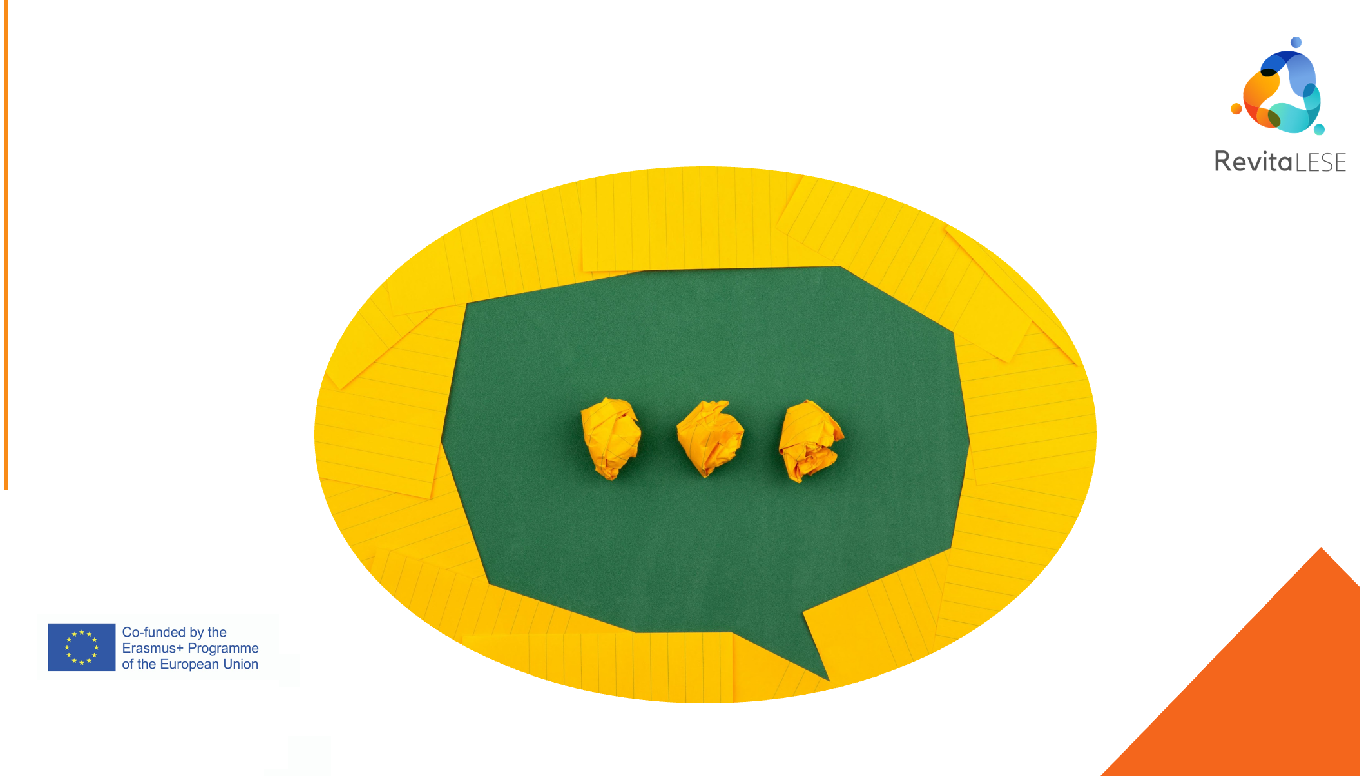
Leave A Comment